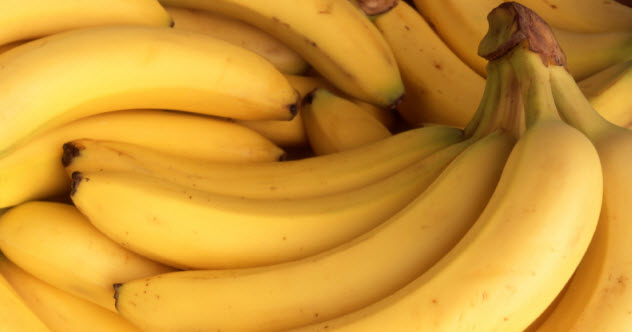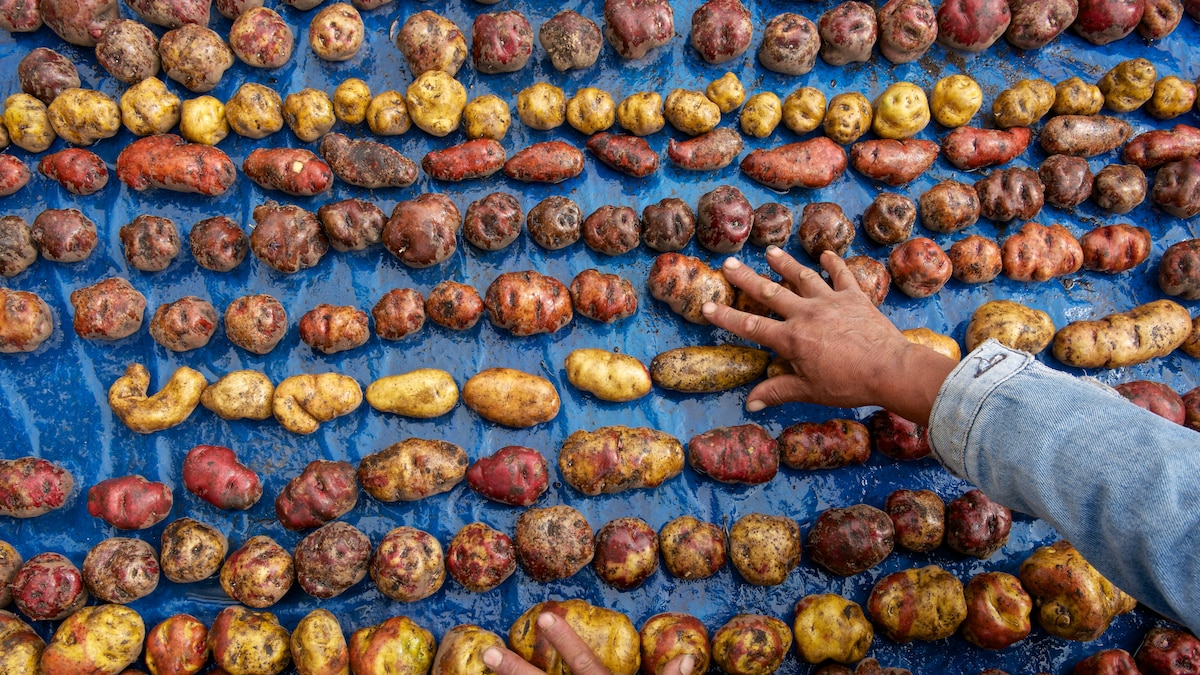Now Reading: How to enjoy a sober aperitivo hour in Italy
-
01
How to enjoy a sober aperitivo hour in Italy
How to enjoy a sober aperitivo hour in Italy

Between 6 and 8 p.m. each evening, bars and cafes across Italy buzz. For Italians, the tradition of aperitivo represents less a happy hour and more a state of mind. This golden hour that beautifully separates work from free time offers friends and family a chance to gather over cocktails and conversation.
The word for aperitivo comes from the Latin aperire, which means to open, in reference to opening digestion before dinner. Its medicinal purpose dates back to ancient Rome, where wealthy families gathered to drink herb-infused wine meant to whet the appetite before evening meals. Today’s enjoyment of pre-dinner drinks is woven into Italian culture, boasting a rich history concentrated in Italy’s north.
Sober travelers need not fear exclusion from this rich cultural practice, though. Italy’s evolving bar scene caters increasingly to sober-minded consumers with analcolico takes on signature cocktails and refreshing alternatives found at most cafes.
(Sober tourism is a growing trend—here’s how it can transform your trip)
Turin
The story behind the first modern apertif begins in 18th century Turin, where distiller Antonio Benedetto Carpano discovered vermouth from a blend of sweet wine with herbs and aromatic spices. The 1786 creation soon became a favorite not only among royalty, but across all social classes, especially as cafe culture gained traction across Italy.
Now more than 200 years later, satisfying alcohol-free alternatives to vermouth-based apertivi abound. Instead of a glass of vermouth, alcohol-free consumers can take in Turin’s rich history with a stop at Café Platti; the sumptuous interiors remain true to its 1870s origins. Here you can sip their alcohol-free version of an Aperol spritz, featuring red Sanbitter, or choose between an orange juice with tonic water or a classic Shirley Temple.
A less formal, but equally lively scene unfolds at Turin’s Central Market, where alcohol-free drinks are served at the city’s first-ever dry cocktail bar. Affini Dry 0.0 prides itself on sustainability and innovation. Both are evidenced in their hand-crafted drinks sourced from local ingredients. Their low- to no-alcohol creations include the Turin Mole, made of juniper water, lime, ginger syrup, and kombucha, alongside the Coco Punk with de-alcoholicated bitters and tonka bean syrup.
Milan
What vermouth is to Turin, Campari is to Milan. The nightly cocktail ritual remains a central part of Milanese culture, earning the city a rightful place as Italy’s aperitivo capital. In the heart of Campari territory, bars still take note of alcohol-free patrons with delightfully herbaceous takes for the city’s favorite time of day.
Look no further than Camparino’s historic bar with views of Milan’s spectacular Galleria or the stunning Duomo for an alcohol-free “Crodino Spritz.” The “Il Dandy” offers a more unique nonalcoholic apertif with bitter notes derived from artichoke and basil cordial.
Away from the city center and located in Milan’s Naviglie neighborhood is the cozy Mag Café with a drink list featuring a variety of options that change with seasons and trends. Bar manager Emanuele Cosi and his team pull from a panel of gins, rum, vermouths, and a handful of aromatic bitters, all at 0.0 percent ABV, to craft truly unique alcohol-free options for bar patrons. Their “Da Grande Saro un Negroni” represents Mag Café’s reinvention of a Negroni with none of the alcohol and all of the flavors associated with aperitivo.
(Milan has a secret—its hidden aperitivo bars. Here’s where the locals go.)
Venice
In the birthplace of the well-loved Venetian spritz, Arts Bar surprises with its exquisite seasonal mocktails, drawn from works of art and served in Murano glass designed specifically for each drink. This bar, tucked into the back of St. Regis Venice, offers not only stunning views of the Grand Canal, but a challenge to traditional conceptions of aperitivi. The current “Brittania 1201” provides the bar’s version of an alcohol-free martini based on Claude Monet’s 1908 masterpiece “Il Canal Grande.” Alternatively, visitors to the floating city should try the “Spirit Illusion,” based on the life-size sculpture of a dress with no woman which inspired Arts Bar’s creation of a spritz with no alcohol.
Alcohol-free drinks to try
While aperitivo originally dominated Italy’s north, it now stands as a nation-wide tradition with alcohol-free alternatives commonly found at bars and cafes across the country. Whether sipping from a piazza in the eternal city or pausing on a long summer’s eve in Sicily, each of these soda-like drinks offer all the experience without the alcohol. Simply look for aperitivo analcolico on any drinks menu and try one or all of these Italian classics:
1. Cedrata
Cedrata, an Italian fizzy favorite, subs in for an ideal apertif with just the right balance struck between sweet and sour. Tassoni’s version, created in 1956, celebrates cedar citrus sourced from Calabria to provide the beverage’s unmistakable flavor. Its unique yellow hue derives from concentrated safflower extract and the fruit for which it’s named. Cedrata is best enjoyed chilled and adorned simply with basil leaves.
2. Chinotto
For a true Mediterranean classic, raise a glass with chinotto. This beautifully bottled beverage takes its name from the sun-ripened fruit whose extract provides the drink’s signature flavor. Native to China, the chinotto tree now thrives on the Ligurian coast, where it was imported by a sailor from Savona in the 16th century. Extracts from the tree’s golf ball-sized citrus fruit blend beautifully with herbs like cinnamon and rhubarb. Not to be mistaken with its American cola look-alike, this well-loved soda is widely savored across Italy as a stand-alone apertif.
3. Crodino
This non-alcoholic favorite hones in on the bittersweet tension of Italian apertivi with its refreshing concoction from 15 different herbs. Created in 1965 and acquired by Campari Group 30 years later, the closely guarded recipe remains the same to offer the perfect botanical alternative to a classic Aperol spritz. Sips of this classic drink take in hints of cloves, cardamom, coriander, and nutmeg. You’ll find this soft amber colored drink served simply in its classic glass bottle or enjoyed over ice in a long-stemmed wine glass with an orange slice as garnish.
(When you go sober for even a month, your body will change. Here’s how.)
Alyssa Blakemore is an American freelance writer based in northern Italy, specializing in culture, history, and international relations.























